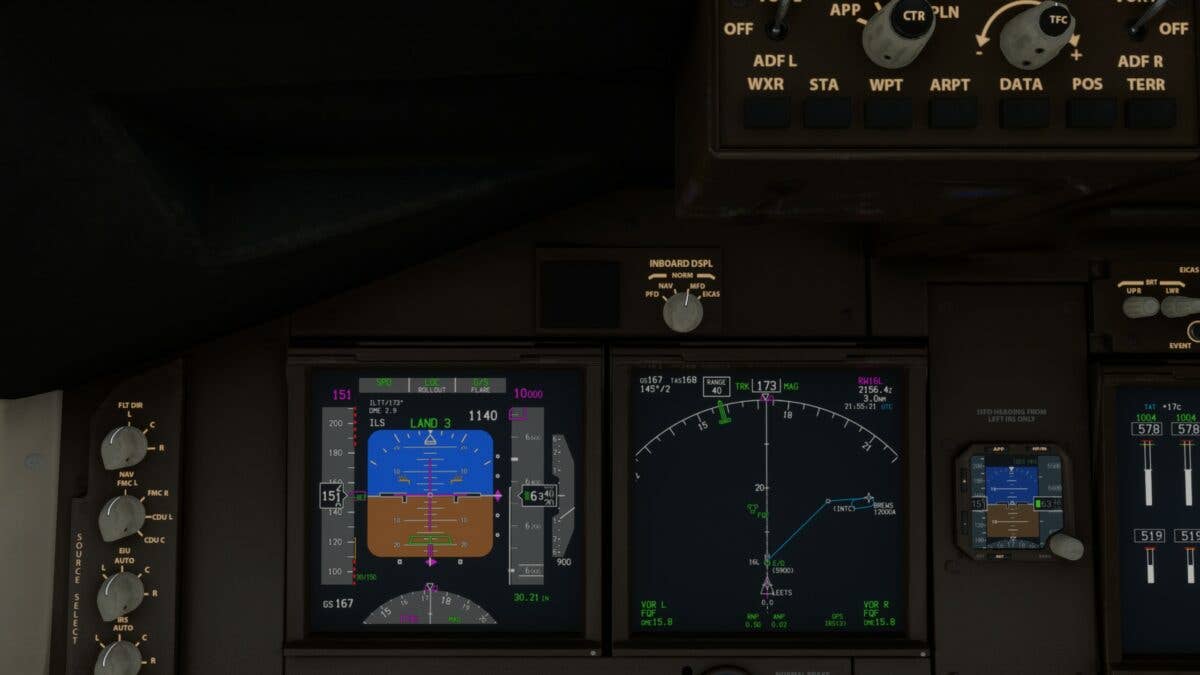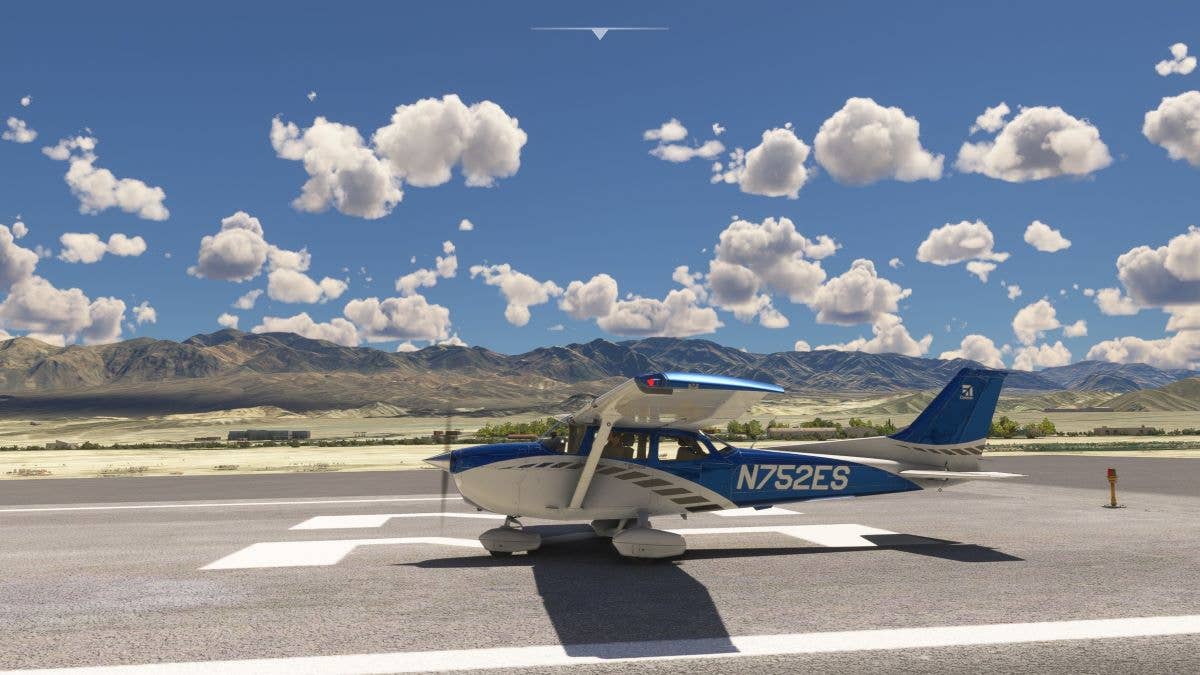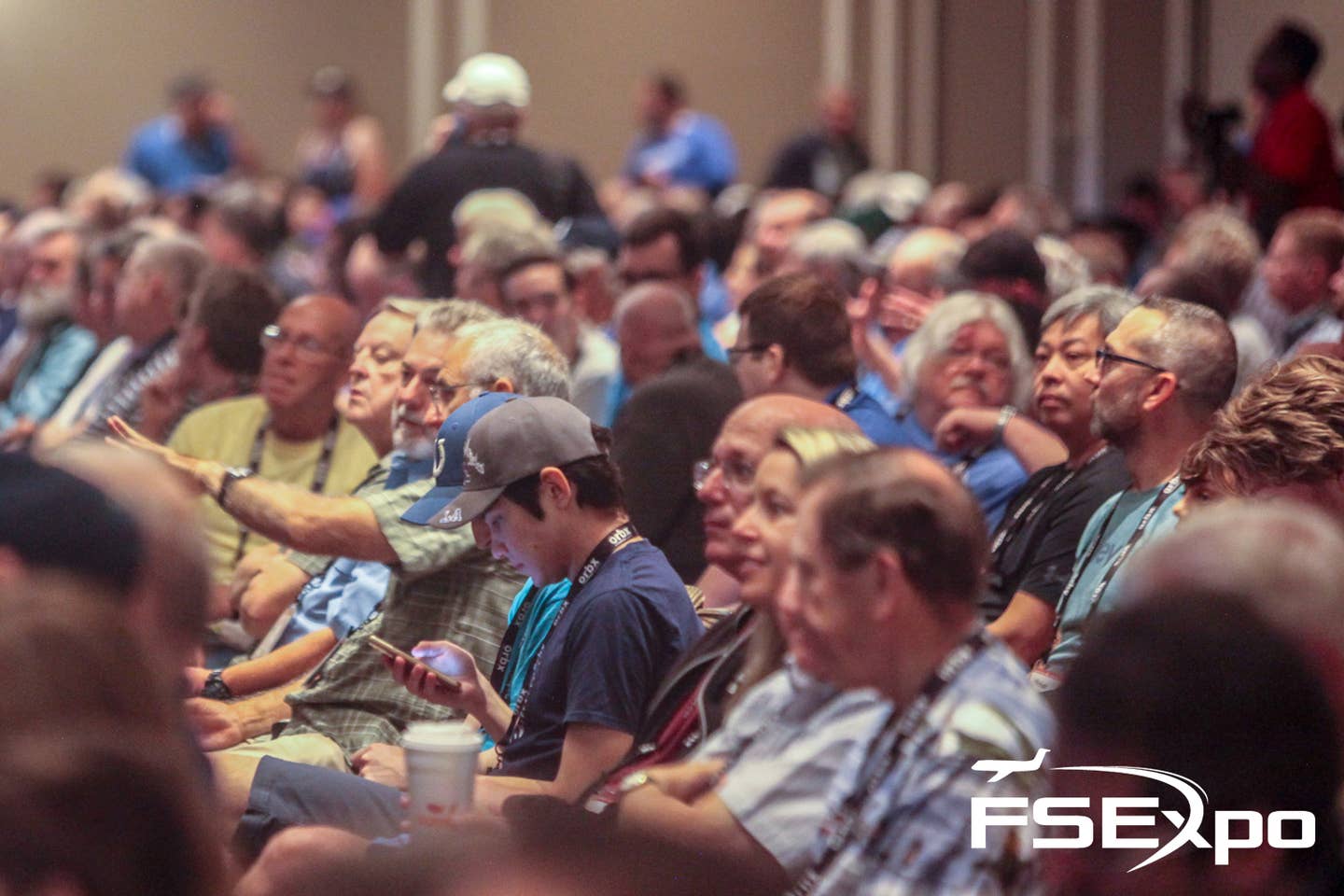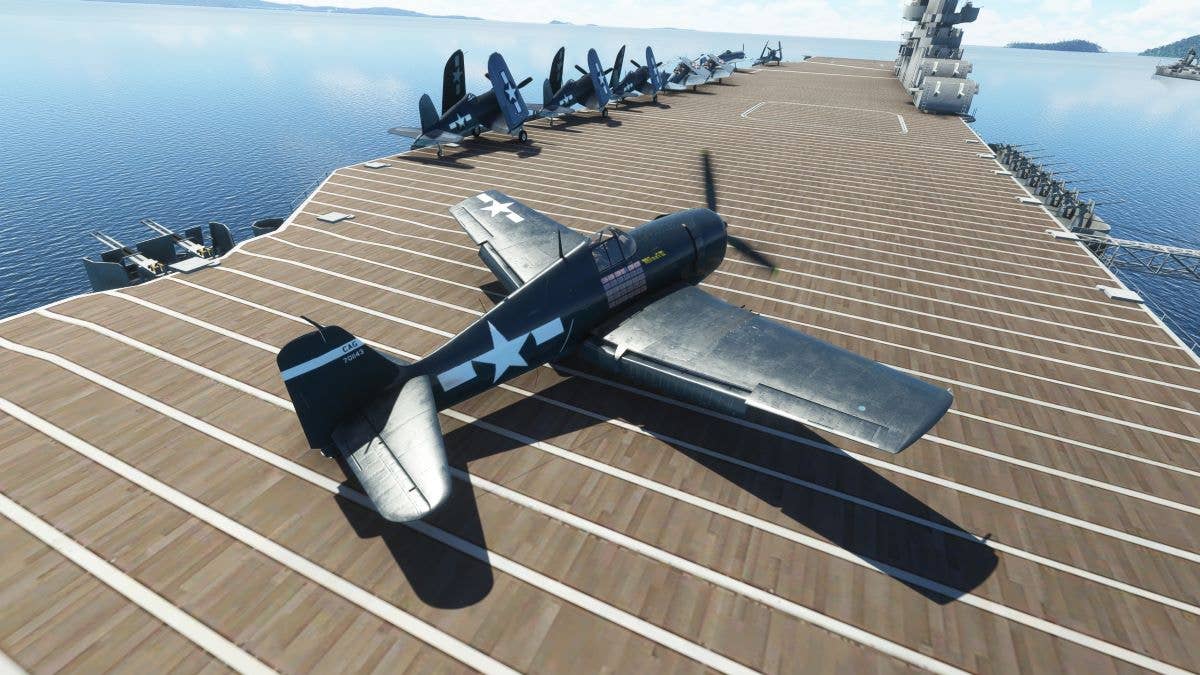Amazing Autolands
I have been practicing autolands in both Microsoft Flight Sim and X-Plane products over the years and it’s especially rewarding in zero-zero.

LAND 3! The sign of a great flight model doing its thing, just as a real jetliner would perform a perfect autoland, complete to a stop. And now you’ll get them exactly like real life on the default, yes, default 747-8i, and 787. A glorious thing has been born. [Courtesy: Peter James]
In all the years I have been flight simming, testing, and evaluating big jets for the love of the hobby, a special criteria exists to grade the flight model of any particular subject. The Precision Manuals Development Group (PMDG) lineup of Boeing 747s, 777s, and 737NGs have always passed the test on quality flight modeling, pretty much taking the top spot for the very best. The competition is usually far below PMDG’s level of quality, at least on the Boeing lineup.
Now with the advent of the “still kinda new” Microsoft Flight Simulator 2020 (MSFS2020), the default airliners seemed pretty good to me over the past few years, but not great. They are loved for their good looks and ability to travel to and from great expanses of the sim globe, but not much more. The default sounds were horrendous—and still are. Luckily, that was solved by a little company called FTSounds, which has redone many of the default aircraft sound sets to something far closer to the real thing. Now in addition to that, the default jetliners recently got a makeover in terms of systems modeling and avionics updates by the Working Title company. These free upgrades got pushed automatically by recent in-sim, mandatory updates, so by the time you see this, you’ll already have the newly enhanced heavy jets.
- READ MORE: Your First Sim
I was thrilled to find out all this was integrated seamlessly and works so well. The newly done avionics fidelity didn’t cause any performance or dreaded frame rate reduction either. Now our default jets are looking and performing as they should, like a costly add-on. Until PMDG releases the upcoming 777 and 747, the default 747 and Boeing 787 complement the realism and fidelity of the currently available PMDG 737NG and BBJ lineups for MSFS2020.
To initiate an autoland in the airliners, you’ll need to make sure your FMS is properly set as in any flight, with the destination, runway selection, ILS chosen, speed performances, etc. Be sure to have spoilers armed and auto brake set to whatever you want. On a long runway like Denver International Airport (KDEN), where I did this example, I had auto brakes off completely and used full reverse to stop the jet (or at least to 60 kts per usual real-life stuff ). The FMS on the Boeing 747 and 787 auto select the frequencies, so you’ll not need to calculate or hunt those down. Once the airplane is on the initial approach, it will look similar to any ILS.
Once a certain distance is hit, it will proceed to LAND 3 or LAND 2 modes. LAND 3 will utilize all three autopilots and perform the entire event all the way to rollout with self steering and runway tracking to a stop. In this example, the autothrottle is on, holding a target landing approach or VREF of 151 kts. It’s wild to see the throttles moving on their own, but they do. No matter the weather and wind, this thing works.
On short final, you may see a FLARE annunciation, but you’ll not need to do anything, as it will do that maneuver all by itself too. It will round out, hold the nose up, and allow a gentle sink rate onto the pavement. If you watch it closely, it’s almost a lesson on how to land a heavy jet with perfection each step of the way. As in real life, if you do this in zero-zero, you may never even see the runway at all. Maybe at night you’ll see the centerline lights, but the only indication you’ve landed is the spoiler snatch back, or touchdown sounds.
The slowdown and rollout with the gentle wobbling back and forth to keep the centerline was fabulous as I had not expected all this detail. In some autoland sim models, you’ll have to kick off the autopilot yourself since it’s not going to steer precisely. Now, I only fly a bizjet in real life, so I haven’t experienced real autolands or equipment at different runways—maybe they don’t all allow precision to a stop.
I have been practicing autolands in both Microsoft Flight Sim and X-Plane products over the years, and it’s especially rewarding in zero-zero. When I recorded these screenshots, I was using live weather and wasn’t sure how precise it would be or even if it would work correctly, so I was happy to have great weather. I now have no doubts that if you’re flying a default 747 or 787, it will perform just as perfectly when unable to see. Just remember the centerline may be easier to see at night in zero-zero than during the day. Autoland on jetliners has been around far longer than I ever knew, going way back to the 1970s when most airliners had that functionality built in. The great trijets, such as Lockheed L1011s and McDonnell Douglas DC-10s, used this technology just like the 747s and the Boeing 757s and 767s in the 1980s.
For the real die-hards, I would recommend the plethora of YouTube videos or other online resources available on the subject. It’s amazing how much great material is available for the inquiring mind on real-world operation.
The best website to totally geek out on is run by a friend of mine, Steve Giordano.
Speedtapefilms.com and its associated YouTube videos present great HQ cockpit action from all around the globe as Giordano and his team ferry jetliners around for banks and various new owners.

Subscribe to Our Newsletter
Get the latest FLYING stories delivered directly to your inbox






